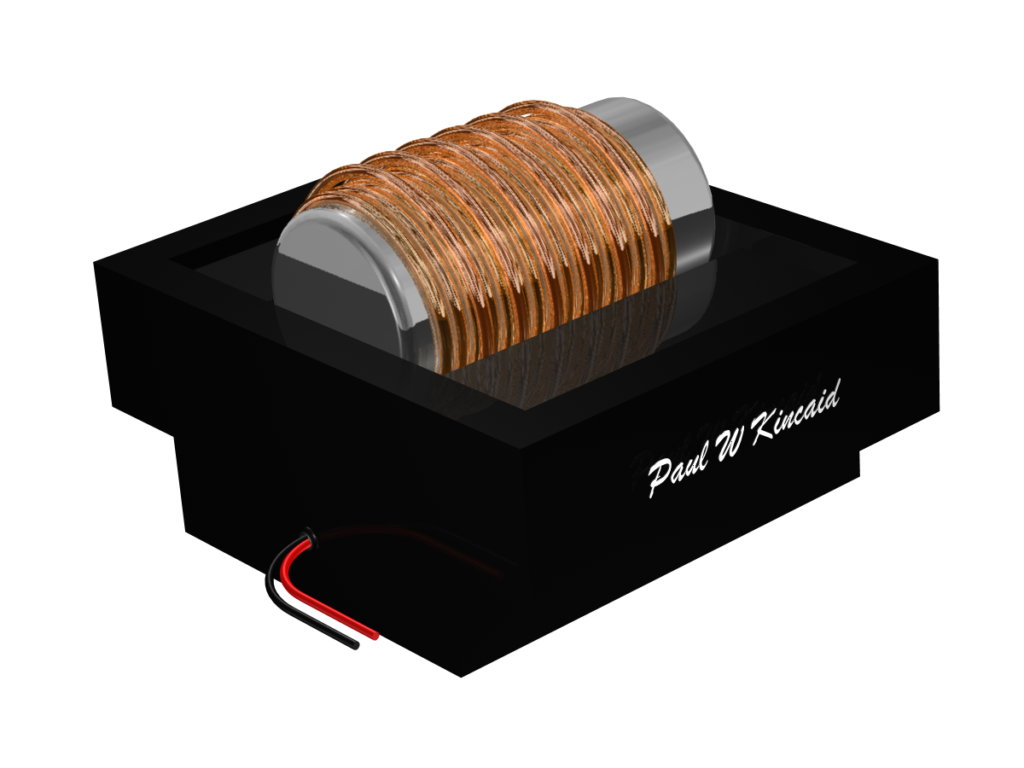
Over 80+ years ago Nikola Tesla, inventor of the AC generator, removed the gasoline motor from a 1931 Pierce Arrow and replaced it with a brushless AC electric motor and drove the electric motor powered car at speeds of up to 90 mph. Since then it has been a mystery as to how he was able to power the Pierce Arrow using a 6 foot aerial antenna connected to a very small circuit box, 24 inches long, 12 inches wide and 6 inches high.
For decades inventors and scientists have been trying to figure out what that mystery box was. Solving that mystery would revolutionize the solar, wind and electric car industry. What they were concentrating on, in their research, was a complicated solution, whereas the solutions was staring them in the face every time they looked at their gas combustion engine car or truck. The mystery was solved since the very first gas combustion engine was built.
So, what was the very small circuit box that Nikola Tesla, inventor of the AC generator, built to power the 1931 Pierce Arrow? I just gave you a clue twice in this article, once at the beginning of this article and again in the first sentence of this paragraph.
Nikola Tesla built a generator, a very compact and portable generator. That very small generator’s primary function was to transform low voltage into more than enough voltage to power the brush less electric motor. What mass produced gas combustion engine part performs the exact same function? The ignition coil, also called a spark coil.
A car ignition coil’s primary function is to transform the car battery’s 12 volts into the 30,000+ volts needed to create an electric spark in the spark plugs to ignite the fuel. It is a well know fact that a brushless electric motor is an electric motor driven by an electrical input, which lacks any form of commutator or slip ring. The motor requires some form of alternating current to turn, either from an AC supply, or an electronic circuit.
We know that Nikola Tesla replaced the gas combustion engine from a Pierce Arrow with a brushless AC electric motor. We also know that Tesla built a electronic circuit inside a box 24 inches long, 12 inches wide and 6 inches high. We also know that Telsa used the electronic circuit he built to power the brushless electric motor. Again, a brushless electric motor “requires some form of alternating current to turn, either from an AC supply, or an electronic circuit.” We also know that a 12 volt car battery remained in the 1931 Pierce Arrow. How do we know this?
Dallas Morning News
The Electric Auto that almost triumphed: Power Source of ‘31 car still a mystery
by A.C. Greene,
January 24th, 1931It is a mystery car once demonstrated by Nikola Tesla, developer of alternating current, that might have made electrics triumphant.
Supported by the Pierce-Arrow Co. and Westinghouse in 1931, he took the gasoline engine from a new Pierce-Arrow and replaced it with an 80 horsepower alternating-current electric motor with no external power source. From the electric motor trailed two very thick cables, which connected with the dashboard. In addition, there was an ordinary 12-volt storage battery. (”There was a 12-volt Willard battery installed in the car, but it was for the lights only and much too small to run the car. In any case.”) The motor was rated at 80 horsepower. Maximum rotor speed was stated to be 30 turns per second (1800 rpm). A 6-foot vertical antenna rod was fitted into the rear section of the car.
At the appointed time, Nikola Tesla arrived from New York City and inspected the Pierce-Arrow automobile. He then went to a local radio store and purchased a handful of tubes (12 radio vacuum tubes), wires and assorted resistors. A box measuring 24 inches long, 12 inches wide and 6 inches high was assembled housing the circuit. The “power receiver” was then placed into the dashboard of the car and its wires connected to the antenna and to the air-cooled, brushless motor. Two rods 1/4” in diameter stuck out of the box about 3” in length. Tesla began making adjustments on the “power receiver”
We know Tesla was an expert in electronics. He did invent the AC generator. So we know he would have the expertise to build a generator small enough that could power an electric motor. The circuit box he assembled was a generator. Generators come in all shapes and sizes. An ignition coil is one the smallest electrical energy generator built. Its primary function is to transform the car battery’s 12 volts into thousands of volts, 30,000+ volts. It generates (outputs) more energy than is inputted. Being an expertise in electronics, Tesla was able to generate enough voltage (energy) to power a brushless electric motor and drive the electric motor vehicle at speeds up to 90 mph. He and all electricians today have the expertise to control or regulate the amount of voltage generated by an ignition coil. He had the know-how to generate enough output voltage to power an electric motor.

We can use Tesla ingenuity again today to not only revolutionize the electric car industry, but to revolutionize the solar and wind energy industry too. Simply by feeding solar and wind harnessed energy through a mass produced ignition coil system, every solar panel and wind turbine’s low voltage can be transformed to the thousands of volts needed to power our homes, cottages and industries
Related posts:
Views: 0
 RSS Feed
RSS Feed

















 March 18th, 2021
March 18th, 2021  Awake Goy
Awake Goy  Posted in
Posted in  Tags:
Tags: 
















